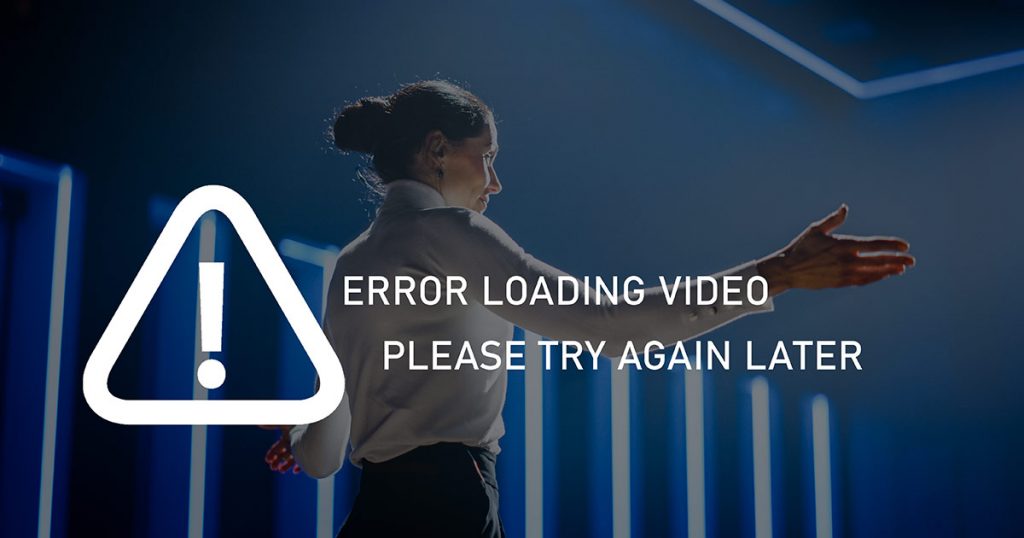
Do you remember the first time you sat around a campfire and quietly listened to stories or happily jumped in to share your own? The crackling of the wood, the orange glow of the embers, the smell of s’mores. The laughter. The next day, your jacket smelled a little smoky and you thought back and happily remembered a moment or shared a new story.
COVID-19 changed the way we share stories. Lockdown meant a year of digital “Brady Bunch” squares and, through trial-and-error, learning how to use video and chat, to send a happy emoji, to use Slack and email, and to turn off video quickly when your mother accidentally walks behind you during a new business pitch. We learned to divvy up our attention and jump from digital interaction to interaction. And we’re far from that relaxed campfire moment.
One of the unexpected wins from the past year is that the digital event experience has gone from being a sideshow at physical events (both external and internal) to the main event. In the old days, it was just impressive to host a global virtual event and deliver it flawlessly. But just as physical events are constantly iterating to keep up with competition and to differentiate and resonate with attendees, the virtual event market has seen its fair share of rapid change as well. Even with a post-pandemic return to work, we know we will continue to see a hybrid of elements for external (public-facing) events as well as workplace (internal workforce/sales) events.
In May 2020, IBM shifted its predominantly physical THINK 2020 event to a 100% virtual event in only 44 days. With IBM’s help, a leading on‑demand financial management and human capital management software vendor shifted from a global physical event to a 100% virtual within just 12 weeks.
The IBM Virtual Event practice has seen a massive acceleration of client and end-user needs during the pandemic. And while there are many keys to success, we’ve distilled it to three that have become table stakes and will help turn potentially distracted virtual attendees to campfire story tellers.
1. High quality video content
An impactful virtual event is more than presenting thought leaders and inspirational speakers. High-quality video paired with a mindful, purposeful digital user experience creates a memorable virtual (campfire) moment. The differences can sometimes be subtle, but virtual attendees notice and appreciate a highly produced virtual moment. Users’ benchmarks are their everyday virtual encounters (with Netflix, Amazon one-click, Uber Eats, etc.), so when they experience a comfortable, unencumbered virtual event moment, they can relax, explore, and learn—and they are more likely to share.
Tip 1: Consider high-quality video content for your most powerful moments, e.g., homepage video, keynote speaker.
2. Flawless video delivery
You can have the best content and the most compelling story in the world, but if you get a digital error or buffering issue, the moment is over, and competing digital distractions elbow their way in. As a client once said, “Technical video delivery is underappreciated until it goes wrong.”

Poor delivery is not the hot “#fail” takeaway you want your attendees discussing after the event.
Tip 2: Only use experience platforms that are scalable and robust enough to serve unexpectedly large audiences.
3. Intentional, barrier-free interactions
How many times have you encountered a virtual event environment that feels more like a labyrinth than an experience? Very quickly, you recognize that marketing and sales are pushing their products and services and it’s not about YOU, the attendee. Instead, it’s about their brand or company. Fluid virtual registration, clean and simple navigation, persistent help, chat, and other interactivity must accelerate the user experience, rather than be an encumbrance. Any barrier must be removed, because after a year of being cooped up, we won’t settle for wasted time and effort. It’s simply too easy to hop to a more productive virtual experience.
Tip 3: Think “no barriers.” Let your attendees intuitively find what they are interested in.
The takeaway
Today’s virtual event attendees expect these success factors as the minimum expectation of an experience. If these three keys aren’t delivered, attendees may simply click away or be distracted by some other digital elements.
Remember the campfire analogy? It’s important to understand who you’ve invited and why you asked them to share the campfire. Engage them with high-quality moments and allow them to quickly jump in and share their story. You want them to smell their smoky jacket the next day and share a story about their experience.
Next time, we’ll add a few logs to the campfire, and focus on how virtual events are shifting from observing a moment to becoming My (campfire) Moments.
Want to learn more about what these lessons may mean for you, your event, and your strategic goals? Request a 30-minute consultation with our IBM Virtual Experience event experts for both external (public) and internal (workplace) events.

Lead author:
Yuri Salnikoff, IBM Customer Digital Transformation & Virtual Experiences Lead
https://www.linkedin.com/in/yurisalnikoff/
Contributing experts:
Laura Miller, IBM Customer Digital Transformation & Virtual Experiences Strategist
Stacy Nawrocki, IBM Head of Watson Media
Demetri Kambanis, IBM Customer Digital Transformation, Technical Director, Virtual Events